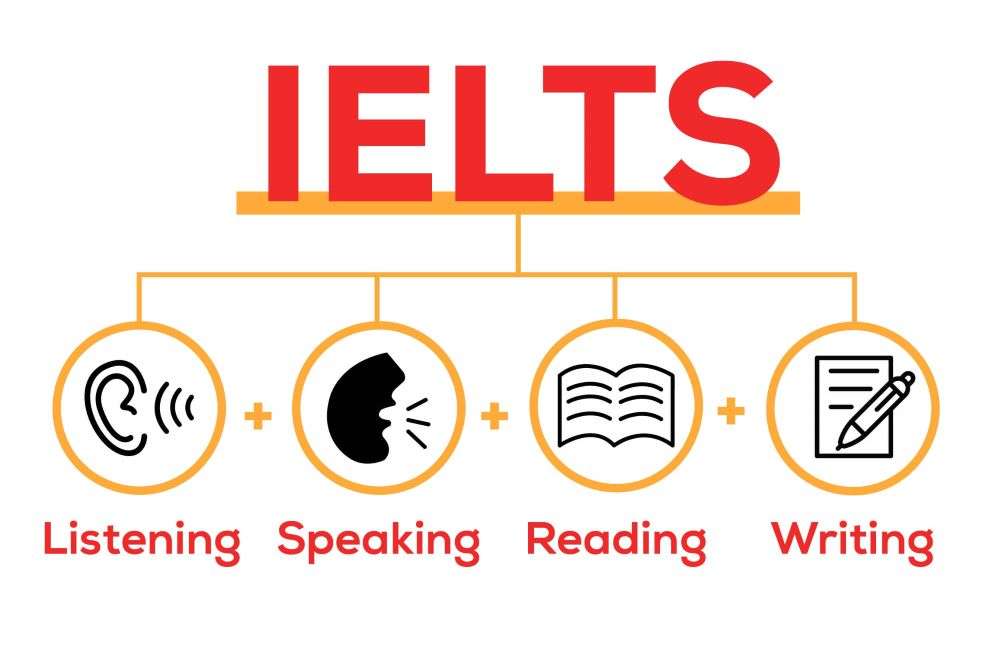GRE



GRE
About the GRE
GRE stands for Graduate Record Examination that assesses the competence of applicants in analytical and reasoning skills for university admissions in the U.S and other countries. The test enables candidates to apply for higher education in engineering, science, technology, arts, humanities, and B-Schools.
Who takes the test?
Students who aspire for higher learning in a prestigious Grad School will take the GRE test. The test has three components - Verbal Reasoning, Quantitative Reasoning and Analytical Writing Assessment. The verbal part of the GRE essentially tests how well a test taker understands and evaluates information, grasps the dynamics of a word meaning, presents a distinguished reason for an argument. Similarly, the quants part of the GRE notably assesses students' reasoning skills through Arithmetic, Algebraic function and Shapes and Patterns. In a nutshell, the test finds out some of the quintessential aspects of a scholar for a graduate school.
What is a good score on the GRE Test?
There is actually no pass or fail in the test. Universities are unlikely to accept a score that is less than 290. However, they show alacrity for accepting a student who scored 320 and above in the test. A score between 330 and 340 signifies that the test taker has a tremendous level of acumen in math and verbal, which might be helpful for the prospective student to perform well in the graduate program. Congruently, Grad school programs at Harvard, Stanford, MIT, Carnegie Mellon and Caltech may demand a score of 330 and above!!
When should I take the GRE test?
Anyone with a valid passport can take the GRE test: there is no age limit. However, to be an eligible graduate applicant, you must have completed your undergrad or at least presently doing a college degree. The best time to take the GRE is during the second or third year of college.



